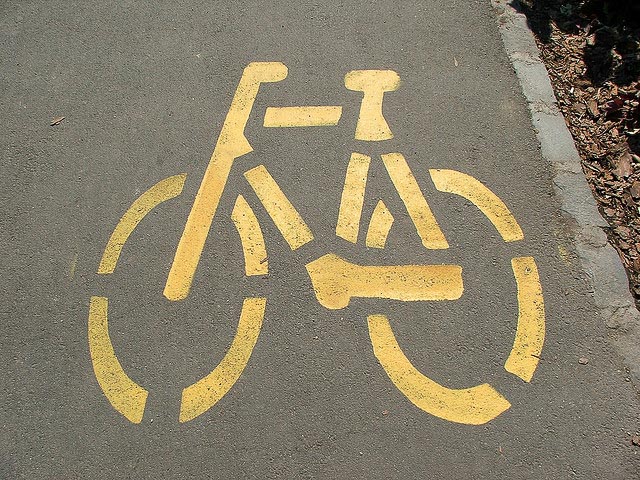Cyclists suffer from generalizations about who they are and what they need.
Each generation establishes a new stereotype of who rides bikes, said Jim Longhurst, a University of Wisconsin – La Crosse professor who penned Bike Battles: A History of Sharing the Road. But the old stereotypes stick around, and they tend to stack on top of each other.
Yet one image that isn’t as prevalent as the urban hipster on a fixie, or the spandex-clad competitive athlete, is the low-income person who rides because it’s cheaper than a car and faster than walking.
U.S. Census data shows that across the country, that’s a far larger group.
A caveat before we get to the charts: the U.S. Census Bureau’s American Community Survey asks residents how they get to work each day and breaks the results down along income lines, which provides a sense of who bikes. However, it lumps cyclists together with those who ride motorcycles and take taxis to work, making it a somewhat crude measure.
Likewise, the Census categorizes each commute based on which mode of transportation included the longest part of a journey. So if you rode a bike a mile to a bus station, took a bus for five miles, and rode a bike the last mile to work, you’d still be classified as a transit user.
Nonetheless, this is the best data we have to compare cyclists as a whole across different cities.
But even in famously sprawling and car-centric Sun Belt cities, cyclists still are overwhelming poor. In Phoenix, more than half of all cyclists earn less than $25,000 a year, and the single largest group of cyclists, by income, earns less than $10,000 per year.
Across major Texas cities, it’s the same story.
Houston leads the way, with 68.6 percent of its cyclists earning less than $25,000 a year.
In San Antonio, an eye-popping 27.5 percent of cyclists earn less than $10,000 in an entire year. That’s more than the combined total of all the cyclists in the city who earn more than $50,000 a year.
Austin is the closest to an outlier in the Lone Star state. Forty-one percent of its cyclists earn less than $25,000 a year, but the largest single income group of cyclists in the state capital is those who earn between $35,000 and $50,000 per year.
Southern California residents love their cars. But cyclists there are still more likely to earn very little.
In L.A., half of all cyclists earn less than $25,000 per year.
But things aren’t so clear in San Diego. The border city’s largest chunk of cyclists is actually pretty well-heeled, with 22.2 percent of cyclists earning more than $75,000 per year. The income groups with a larger share of cyclists than the population generally are those earning between $15,000 and $50,000 per year.
Just about half of cyclists in Salt Lake City earn less than $25,000 a year. That’s despite closer to 40 percent of the city’s population earning that much in a year.
And again on the Eastern edge of the Sun Belt, in Charlotte, just about half of cyclists earn less than $25,000 per year. Cycling collapses among middle income residents in Banktown, though, before picking back up among those who earn more than $75,000 a year.
But the real outlier is Atlanta, which breaks the dynamic entirely. There, less than a third of cyclists earn less than $25,000 a year, while fully 37 percent of the bike-riding community makes more than $75,000 a year.

